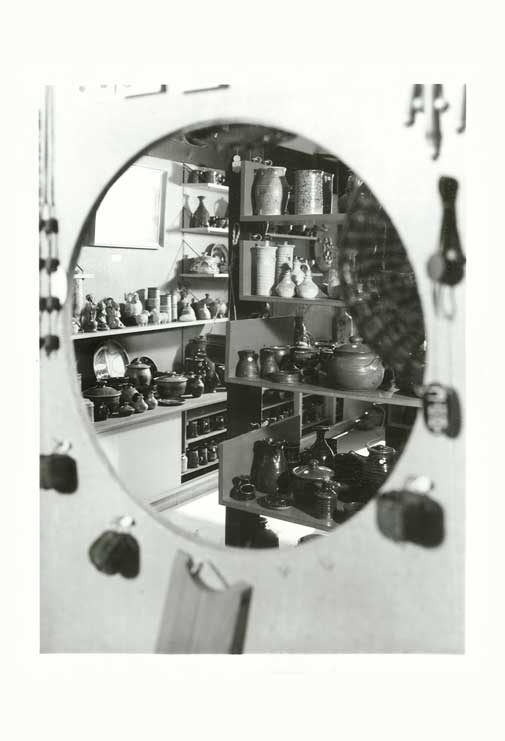- Vol. 06
- Chapter 07

Feet of Clay
The porthole that opened into Giovanni Caravaggio's world was round, clear and made of glass — new options and exciting new possibilities stored for a rainy day. Every shelf held assorted hand-thrown pots — a scintillating cacophony of shapes, sizes and colours; glazes and slip ware decorations vying with each other for dominance. He sang as the wheel turned, the heat from the back room kiln giving a rosy glow that matched the broken veins in his nose. The collection recalled the pottery techniques of several different continents and cultures, but no visitors ever came to his tiny backstreet studio. Every once in a while a tourist stumbled into the warm, cluttered space, looking for something else. Giovanni smiled at them with a friendly indifference, not surprised when they made their excuses and left without once putting hands in their pockets. As long as he made enough to cover the rent and enough money for a few bottles of Chianti, he was happy. Selling his work did not matter, the creative process would always be the main thing — the one thing that got him out of bed in the morning. He put his heart and soul into every individual pot, a fragment of himself locked into the clay. Each bowl, vase, platter, beaker and trinket dish insured his legacy — for as long as even a fragment remained — he would ensure his immortality: a legacy given form and substance. Shards persisted for centuries, a lasting feature of the archaeological record; even if a pot broke into a thousand and one pieces, his essence would still be there. What more could any true craftsman worthy of the name want in life?
